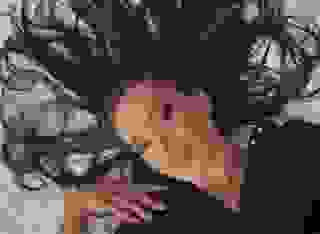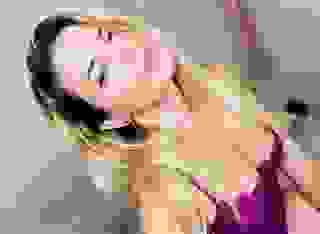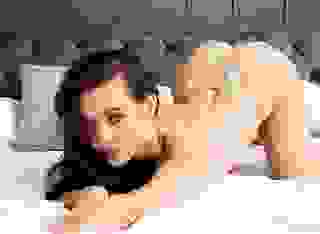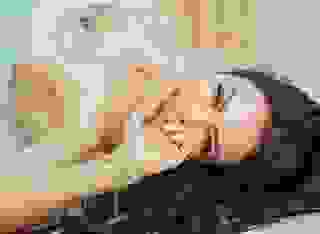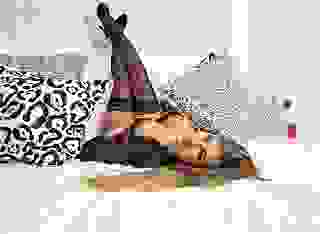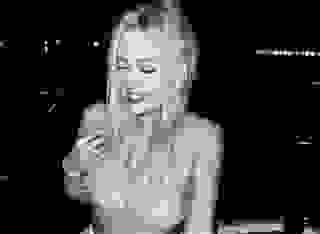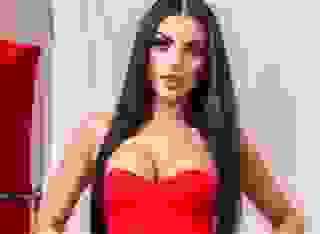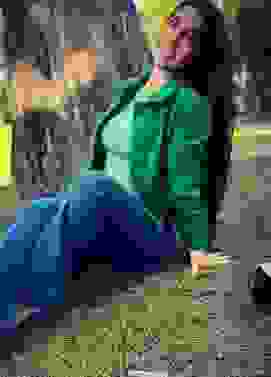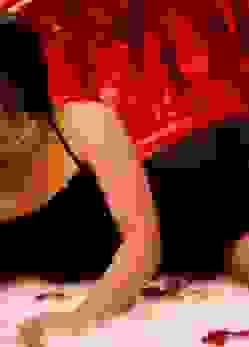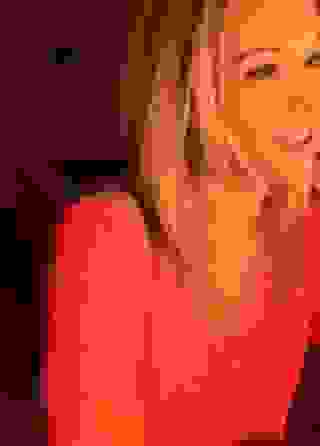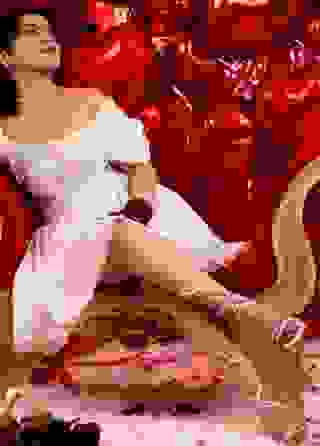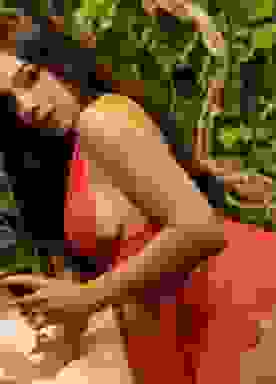All Comments on 'The Fiendish Guide to Punctuation'
by OmegaZone
- 5 Comments
very interesting...but even more interesting is the reason I am imagining you decided to write this "guide". I also use a comma before the "and" in a list. Commas can be used to show when you want the reader to take a breath, when you are separating items in a list, and after the last item in a list that falls before the "and". hmmm?
As an Englishman, I am often horrified at the way my mother tongue is mangled on the other side of the Atlantic Ocean, so I am encouraged by submissions like this. I can't, however, agree with Anonymous in USA about the comma before "and" in a list (or, indeed, with the author about its use before other conjunctions, exept in very rare cases).
The salad example should have a comma after "and", making it read: "The salad was green, fresh, crispy and, best of all, cheap."
You stated that in the US and UK full stop is used for a period. Maybe you meant the UK and Australia, but it is not so used in the US (with the exception of Librarians using a joint Anglo-American cataloging text).
An addition for the Anonymous comment, in the US the comma before and was taught as optional through the 70s and 80s. The method currently taught in US schools is a mandatory comma before and.
It's not "three periods in a row", it's an ellipsis.
Dashes are not the same as hyphens. Hyphens joins words fragments, em dashes are used as seperators in sentences and en dashes are used to indicate a range (ie June 3-7).
Re layering quotes, I've always been of the impression that the main quote is double qouted with the interior quote single quoted. And again, if another layer is needed, alternate back to a double quote.
This is a slash: /, This is a backslash: \. You mix them up at one point.
Hi, I am OmegaZone. I felt that your comments deserved a post on my behalf, and hopefully, will get more comments posted on the subject.
So I am going to comment on each post's questions.
The first thing brought up was about using a comma before the and in a list, and subsequently, after the and, well I agree that both are viable, and each represents a different style, so I have made changes to the guide to reflect this, and, I have added another example.
The next item was the full stop expression. Well one of my friends, an American, suggested that it was common in the states to still call it that, but it appears that's not true, so it's gone. But I also have Aussie friends, and they don't use the expression, so I am not going to add a replacement. But all my British friends use it, so I added the explanation I was given by them to the guide.
A Canadian, hum, we are nitpickers it seems, well, four good points were brought up by one Canadian, guess we like to nitpick, probably why I wrote this thing in the first place.
First part, an ellipsis, been a while since I heard that term, but it appears to still be valid, so I undated the guide to reflect that. Second part, I know that hyphens, dashes and minus signs are different, but you still use the same key to make them, and since I am not aiming at an audience of English teachers, I grouped them together. I really don't see a need to show the differences at the moment, but I do know them, and if I write a more advanced guide on the subject, I will make certain to point this out. Third part, Quotes inside quotes, I am writing another guide to address this and all the other issues with speech, but yes it is possible to alternate, but it's too complicated of a subject to fit in this basic guide. Fourth part, the slash and back slash, what can I say, oops. I have changed it, sorry about that.
Sincerely OmegaZone
